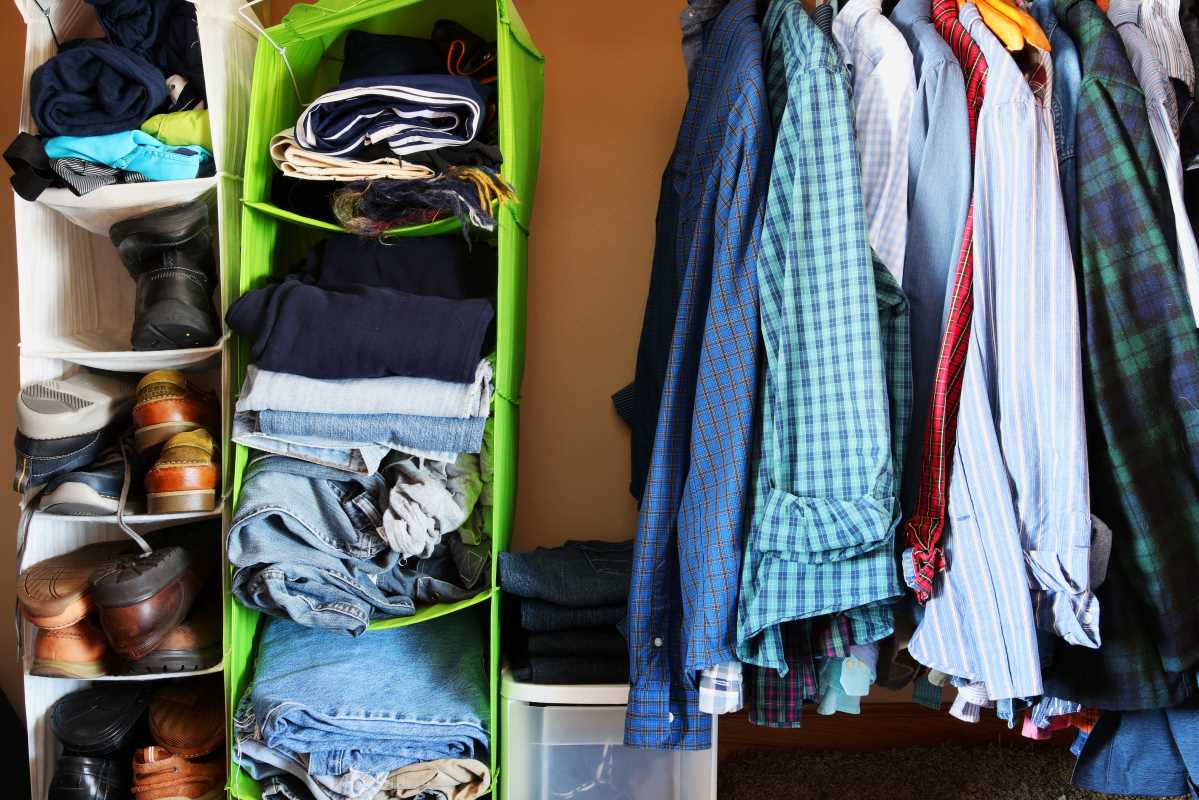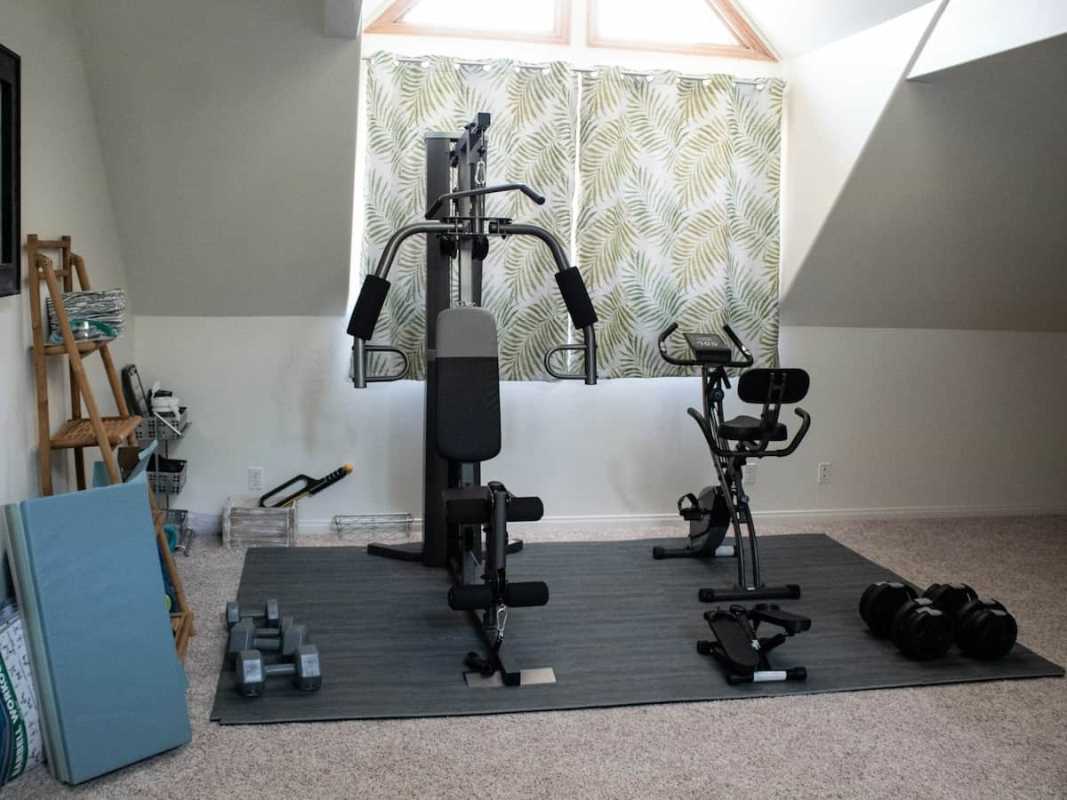In an era where sustainability is not just a buzzword but a necessity, reducing home energy waste is a vital step towards both environmental responsibility and financial savings. Many homeowners are unaware of how much energy is wasted daily, leading to higher utility bills and unnecessary strain on the environment. Fortunately, there are practical steps you can take to minimize energy waste in your home, making it more energy-efficient and eco-friendly. Here are five practical tips to help you reduce home energy waste effectively.
1. Upgrade to Energy-Efficient Appliances
One of the most impactful ways to reduce energy waste is by upgrading your home’s appliances to energy-efficient models. Older appliances, such as refrigerators, washing machines, and air conditioners, often consume more energy than necessary, leading to higher utility bills and increased energy waste. Look for appliances with the ENERGY STAR label, which signifies that they meet or exceed energy efficiency standards set by the U.S. Environmental Protection Agency.
For example, an ENERGY STAR-certified refrigerator uses about 15% less energy than non-certified models, while an energy-efficient washing machine can save up to 25% on energy and 33% on water consumption. Although the upfront cost of these appliances may be higher, the long-term savings on energy bills and the reduction in environmental impact make it a worthwhile investment. Additionally, many local governments and utility companies offer rebates or incentives for purchasing energy-efficient appliances, further offsetting the initial cost.
2. Seal and Insulate Your Home
Proper sealing and insulation are essential in preventing energy waste, especially in older homes. Poor insulation and unsealed gaps in windows, doors, and walls can lead to significant heat loss in the winter and excessive heat gain in the summer, forcing your heating and cooling systems to work harder than necessary.
Start by inspecting your home for drafts and gaps where air might be escaping. Common problem areas include around windows, doors, and where walls meet the foundation. Use weatherstripping, caulking, or expanding foam to seal these gaps and prevent air leaks. Additionally, consider upgrading your home’s insulation, particularly in the attic, walls, and floors. Proper insulation helps maintain a consistent indoor temperature, reducing the need for heating and cooling, which accounts for nearly half of the energy used in a typical home.
By improving your home’s insulation and sealing gaps, you can reduce your heating and cooling costs by up to 20%, while also making your home more comfortable year-round.
3. Install a Programmable Thermostat
Heating and cooling are among the largest contributors to home energy waste, often due to inefficient temperature management. A programmable thermostat can help you reduce energy waste by allowing you to set your heating and cooling systems to operate only when needed, rather than running continuously.
With a programmable thermostat, you can set different temperatures for different times of the day. For instance, during the winter, you can program the thermostat to lower the temperature when you’re asleep or away from home and raise it just before you wake up or return. During the summer, you can do the opposite by setting the thermostat to increase the temperature when you’re not home and cool the house down before you arrive.
Advanced thermostats, such as smart thermostats, can learn your schedule and adjust the temperature accordingly, maximizing energy savings. According to the U.S. Department of Energy, properly using a programmable thermostat can save you up to 10% on your heating and cooling bills annually.
4. Switch to LED Lighting
Lighting is another area where significant energy savings can be achieved with minimal effort. Traditional incandescent bulbs are highly inefficient, converting only about 10% of the energy they consume into light, with the rest being lost as heat. In contrast, LED bulbs are much more energy-efficient, using up to 80% less energy and lasting up to 25 times longer than incandescent bulbs.
By replacing incandescent bulbs with LED bulbs throughout your home, you can reduce your lighting energy consumption by up to 75%. LED bulbs are available in a variety of brightness levels and color temperatures, allowing you to create the desired ambiance in any room while still saving energy.
In addition to their energy efficiency, LED bulbs are also more environmentally friendly, as they contain no mercury and generate less waste due to their longer lifespan. Although they may cost more upfront, the long-term energy savings and reduced replacement frequency make LED bulbs a cost-effective choice for any home.
5. Unplug Electronics When Not in Use
Many household electronics and appliances continue to draw power even when turned off, a phenomenon known as “phantom load” or “vampire power.” This wasted energy can account for up to 10% of your home’s electricity usage, contributing to higher energy bills and unnecessary energy waste.
To combat this, make it a habit to unplug electronics and appliances when they’re not in use. This includes devices like chargers, televisions, gaming consoles, and kitchen appliances. Alternatively, you can use power strips to easily turn off multiple devices at once, reducing the overall phantom load in your home.
Smart power strips are another option, as they can detect when a device is in standby mode and automatically cut off power, further minimizing energy waste. By unplugging or using smart power strips, you can save up to $100 a year on your electricity bill, depending on the number and type of devices in your home.
Final Thoughts
Reducing home energy waste is not only beneficial for the environment but also for your wallet. By upgrading to energy-efficient appliances, sealing and insulating your home, installing a programmable thermostat, switching to LED lighting, and unplugging electronics when not in use, you can significantly lower your energy consumption and contribute to a more sustainable future.
Implementing these practical tips will help you create a more energy-efficient home, reduce your carbon footprint, and enjoy the long-term financial benefits of lower utility bills. Making small changes today can lead to significant energy savings tomorrow, helping to protect the environment for future generations.
 (Image via
(Image via
.jpg)




